Just playing around with techniques produces demos. The nice thing is that even with a little time the outcome can be shown and a project is ready. So I recommend you to write demos too!
| Screenshot | Name & Download |
Description |
 |
Lava Moon
Full Binary + Deps: LavaMoon.7z |
I wrote this demo for a lecture in Shader development. It is a single pixel shader which gets the time and a rotation matrix as input and creates a moon with animated lava in a space with stars.
The Project is written in C# and uses the SharpDX Toolkit |
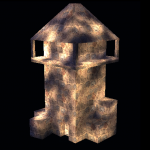 |
Deferred Render
Source: DeferredRenderer.7z |
This is also a demo for a lecture which shows a model with 2000 rotating lights around it.
The total effort to write this renderer was 4.5 h. Still, it is running on my IntelHD 4000 with over 60 FPS. |
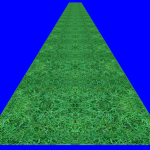 |
Down Sampling | I tested different method to compute a mipmap chain. I tried very complex filters but in the end the Median was the best.
The standard - averaging the 4 parent pixels - produces a grey color. Whereas the median keeps a higher saturation. |
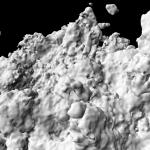 |
Marching Cubes | This was one of my first experiments with value noise functions. I implemented a marching cubes which generates a connected mesh (no vertex is created more than once). |
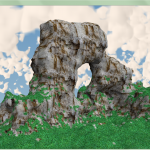 |
Cloud 1 | Again a noise function and marching cubes. This time textured with a variant of triplanar mapping without interpolation. And finally particle based volumetric clouds. |
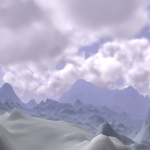 |
Volumetric Clouds
Binary: VolumetricClouds.7z |
Really volumetric clouds with ray marching. This demo is optimized so that it can be used in realtime applications. Even though each pixel is expensive it runs with more than 60 FPS with a resolution of 1920x1080 on my IntelHD 4000 chip.
You can move with WASD, rotate the camera with the arrow keys and increase/decrease the amount of clouds with +/-. |
 |
Tree Demo
Binary: TreeDemo.7z |
4 different trees generated with my second generation tree generator (Treefolk 2).
You can move with WASD and rotate the camera with the arrow keys. |

